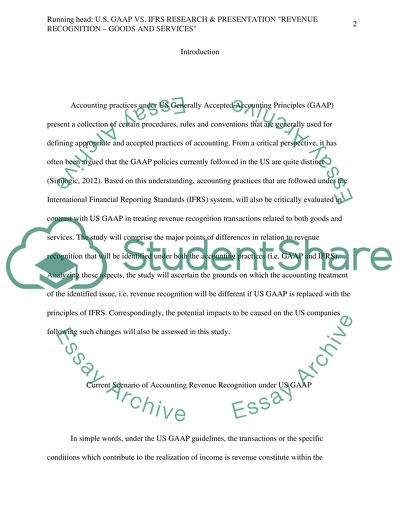Cite this document
(“Revenue recognition : goods and services Research Paper”, n.d.)
Revenue recognition : goods and services Research Paper. Retrieved from https://studentshare.org/finance-accounting/1481792-revenue-recognition-goods-and-services
Revenue recognition : goods and services Research Paper. Retrieved from https://studentshare.org/finance-accounting/1481792-revenue-recognition-goods-and-services
(Revenue Recognition : Goods and Services Research Paper)
Revenue Recognition : Goods and Services Research Paper. https://studentshare.org/finance-accounting/1481792-revenue-recognition-goods-and-services.
Revenue Recognition : Goods and Services Research Paper. https://studentshare.org/finance-accounting/1481792-revenue-recognition-goods-and-services.
“Revenue Recognition : Goods and Services Research Paper”, n.d. https://studentshare.org/finance-accounting/1481792-revenue-recognition-goods-and-services.


